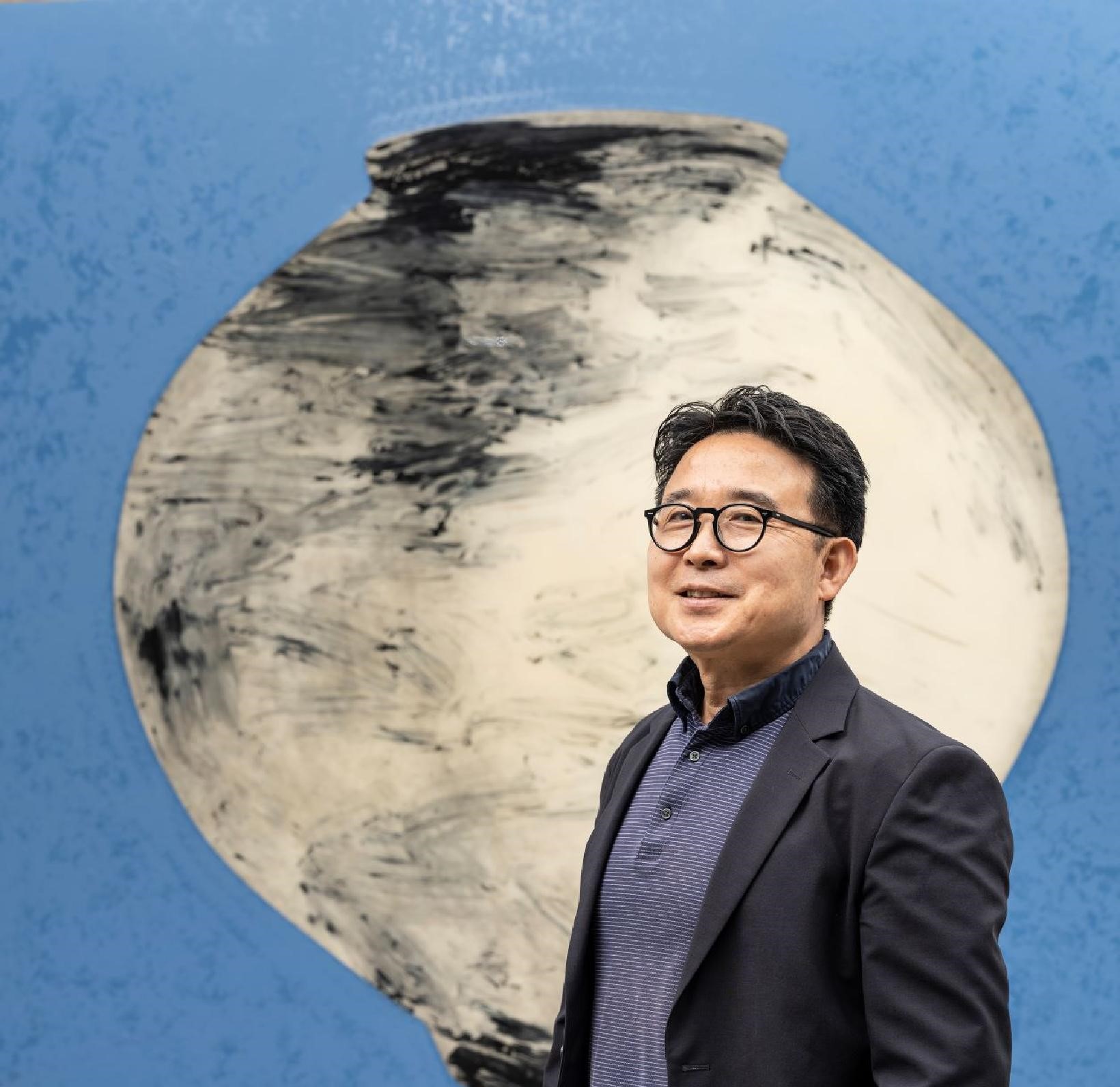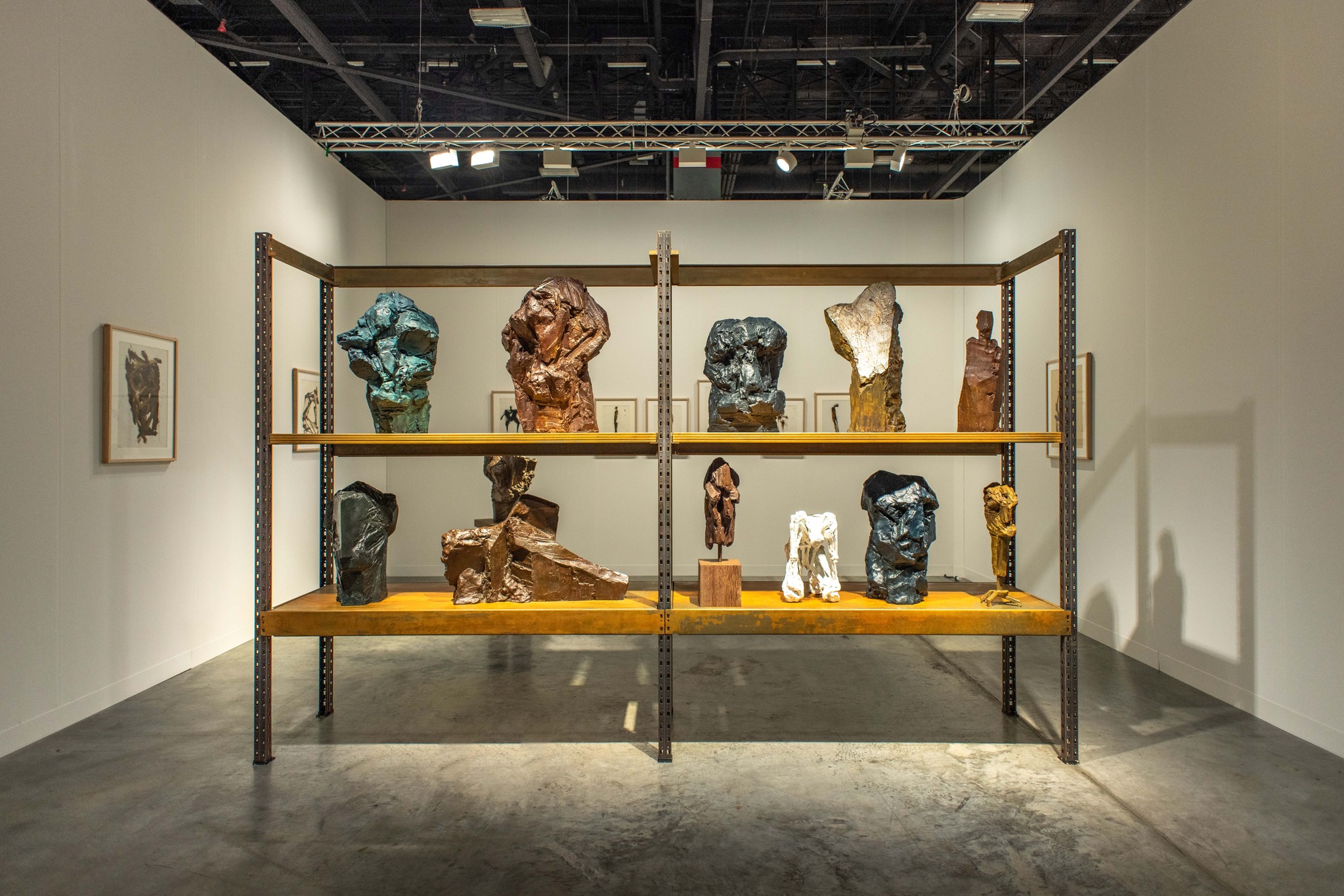Inhwan Oh (b. 1965) has been working on performance, installation, and site-specific projects that require a specific time and space rather than conventional art forms or the production of material, permanent works. In addition, based on his real-life experiences regarding his own queer identity, Oh deconstructs or reinterprets individual identity and group relationships in a patriarchal society and the cultural codes that have been formed as a result, while incorporating keywords such as difference, diversity, and communication into his works to connect with everyday experiences.

Inhwan Oh, Personal Ads, 1996 ©Inhwan Oh
In 1996, Oh introduced himself as a
GKM (Gay Korean Male) artist in ‘The Village Voice,’ a weekly newspaper
published in New York City, and placed a personal ad for five artists, Roni
Horn, Robert Gober, Nam June Paik, Haim Steinback, and Cindy Sherman. While
personal ads looking for someone were common at the time, the addition of the
word “real” to the description of these world-renowned artists, who are not common
names, makes the sentence meaningful.
This is not limited to specific
artists, but leads to the question of identity: “Who and what is real?” And if
there is a real person to be found here, it is not these five artists, but the
artist himself. In this work, the artist openly identifies himself as a “gay
Korean male artist” (GKM Artist), aligning his creative process with his
personal experience of coming out.

Inhwan Oh, Meeting Time, 1999-present ©Inhwan Oh
Inhwan Oh has been interested in
revealing personal identities based on his own real-life experiences, as well
as the social context and cultural codes that are intertwined with them, and
has been experimenting with how these stories can be read and communicated to viewer
in the current context. As such, Oh's project takes on the character of an
unfinished project that continues through photographic documentation focused on
the 'here-and-now'.
For example, Meeting Time
(1999-) documents the artist's encounters with people living in various
countries by photographing their wristwatches side by side. Although the two
watches in the photographs were taken at the same time, they are set to
different local time zones, so they record the encounter at different times.
In other words, the two watches in
this work record the encounter as 'difference' rather than sameness. The artist
then turned the photographs into postcards and stacked them on the floor of the
exhibition hall, asking the viewer to send their favorite postcards to the
artist. However, the postcards that disappear from the exhibition and the ones
that arrive at the artist are not exactly the same, creating another
'difference' through the viewer's participation.

Inhwan Oh, Where He Meets Him, 2001-present ©Inhwan Oh
Where He Meets Him,
presented since 2001, is an installation in which the names of gay bars and
clubs scattered around the city where the exhibition is held are collected and
written in incense powder on the exhibition floor. Ignited at the beginning of
the exhibition, the work slowly burns down over the course of the exhibition,
highlighting the names of gay bars and clubs that have turned to ash.
For those familiar with these queer
communities, the meaning will be readily apparent, but for those who are not,
it will read as a collection of unfamiliar words that are difficult to
decipher. As the words burn and turn into odors, the work becomes unfixed,
spreading into space beyond the physical boundaries of the work itself, and
even into the viewer's body.

Inhwan Oh, Security Guard And I, 2014 ©Inhwan Oh
In 2014, he conducted an experiment on
the socio-cultural surveillance system through collaboration. Security
Guard And I documents the process of 'personal friendship'
between a security guard and an artist, who are separated by their personal
identities and social roles within the same space of an art museum. The artist
and the museum security guard met once a week after work outside the museum and
bonded over meals, exercise, and other things they could do together.
The process could end whenever the
participant (the guard) wished, and if it continued to the final stage, the
artist and the guard would perform a dance together in the museum, which would
be recorded by surveillance cameras. However, the project was eventually
aborted after three meetings, and the artist ended up dancing alone.
Security Guard And I
was a collaborative project that started with the premise that there is a
socio-cultural surveillance system that operates according to the occupation,
role, gender, and sexual identity of individuals in a society, and invited the
security guard and the artist to collaborate on an experience beyond the
surveillance system that operates inside and outside the museum. Conventional
surveillance devices (surveillance cameras) are transformed from their original
surveillance function into an artistic means of recording and sharing this
collaboration with the audience.
 Inhwan Oh, Looking
Out for Blind Spots – Reciprocal Viewing System, 2014 ©MMCA
Inhwan Oh, Looking
Out for Blind Spots – Reciprocal Viewing System, 2014 ©MMCASelected
as the artist of the ‘2015 Korea Artist Prize’ by the National Museum of Modern
and Contemporary Art Korea, Inhwan Oh presented his project Looking Out for Blind Spots expanding on his personal
narrative of socio-cultural surveillance. The artist believes that in any
society, there is a cultural power that operates to make people accept the
dominant value system, and that individuals secure their safety as members of society
by constructing their roles, identities, and desires to conform to the dominant
values.
However,
rather than fully conforming to such cultural power, individuals often seek out
'blind spots' as alternative areas where they can realize their unacceptable,
othered desires, and from here, various cultures that are excluded from the
dominant culture are created.
For this
reason, the Looking Out for
Blind Spots project
was initiated to signify 'cultural blind spots' as the place where diverse
cultures that are not allowed by the dominant culture flourish and to reveal
that cultural blind spots are not an ideological concept but an everyday
reality through examples of individuals' various blind spots in their daily
lives.
As a
cultural blind spot is a fluid form of occupation, the artist's project has
site-specific features that are transformed or reinterpreted according to the
conditions of the exhibition and venue. The project Looking Out for Blind Spots is composed of individual
entities and each project is interconnected as independent projects.
Inhwan
Oh's various projects are completed through the participation of the audience.
As a member of society, every individual, including the artist, is bound to
live within the socio-cultural surveillance system and find their own cultural
blind spots within it. The artist makes the everyday life of such reality
visualized and signified through the art and presents his work as a way to
escape from existing social universality and dominant rules.
“As
an artist, I think it is important to be able to reveal one's position or
attitude, so I thought it was important to reveal my position as a cultural and
institutional critic. I think it's my job as an artist to keep waking up (...)
In contemporary art, I don't think we meet the audience when the work is
finished, but the audience comes and completes the work.
I
make a work with the participant in mind, but it doesn't go as I expect, and I
don't know what form it will take. I want the audience to actively respond to
what's going on in their minds because they are the ones who end up creating
the work.” (Interview with Inhwan Oh at the MMCA’s
2015 Korea Artist Prize)

Artist Inhwan Oh ©Seoul National University
Inhwan
Oh studied sculpture at Seoul National University and graduated from Hunter
College Graduate School in New York. He has held solo exhibitions in Korea and
abroad at various institutions such as Commonwealth & Council/ Baik Art
(Los Angeles, U.S.A., 2019), Space Willing N Dealing (Seoul, 2018), Art Sonje
Center (Seoul, 2009), Mills College Art Museum (Oakland, U.S.A., 2002), and
Project Space Sarubia (Seoul, 2002).
He has also participated in group exhibitions at
the National Museum of Modern and Contemporary Art Korea (Seoul, 2024), Navy
Officer's Club in Arsenale (Venice, Italy, 2019), Nam-Seoul Museum of Art
(Seoul, 2017), Kyoto Art Center (Nijo-Castle, Kyoto, Japan, 2017), and Plateau
(Seoul, 2014). He is currently a professor at the Seoul National University
College of Fine Arts and was selected as the artist of the 2015 Korea Artist
Prize by the National Museum of Modern and Contemporary Art Korea.















